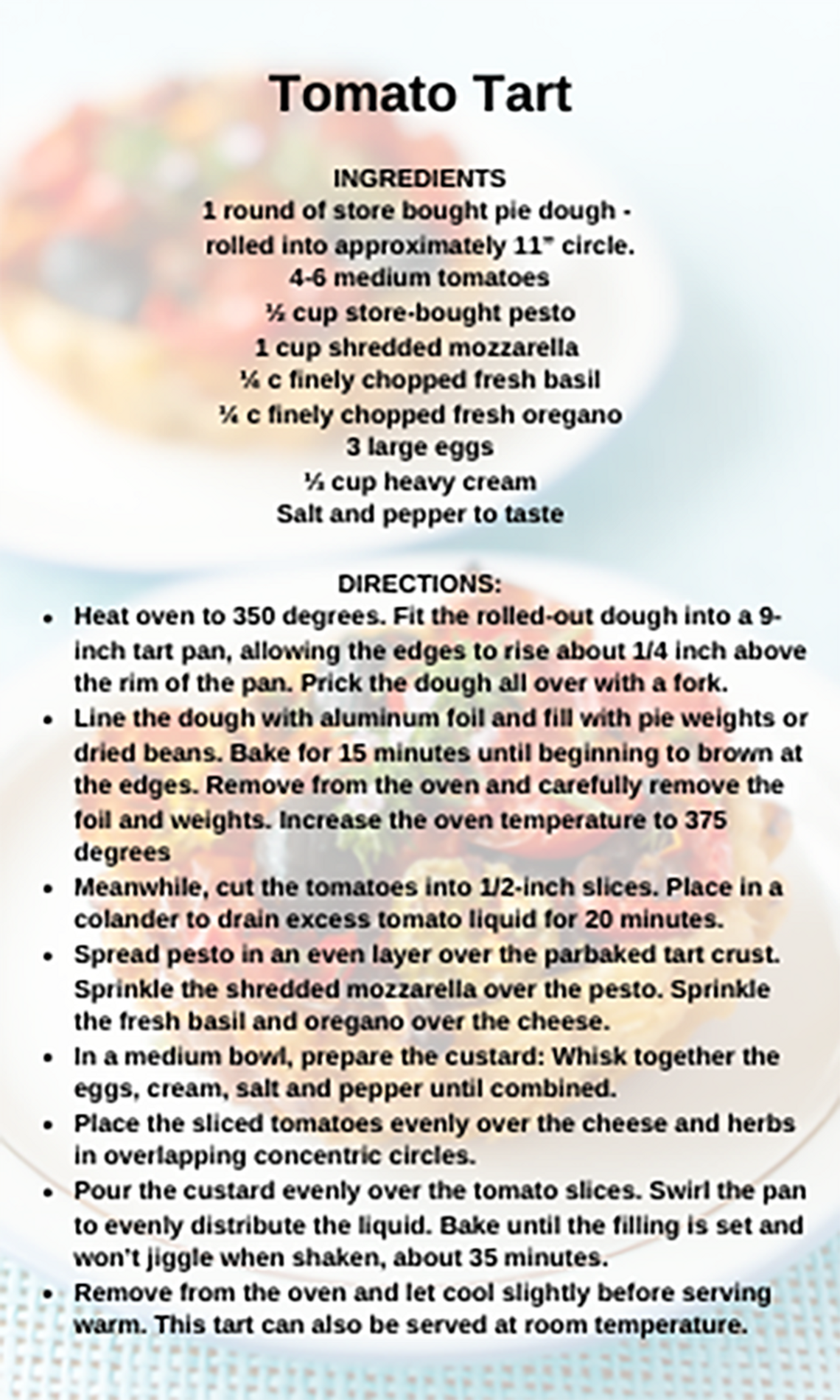How do I love thee (sun-kissed, dirt-grown, vine-ripened summer tomato)?
Let me count the ways.
-apologies to Elizabeth Barrett Browning
As I sit at my computer, keying in this love letter to the tomatoes of August, I am tempted to make some lists. I could make a list of the many delectable varieties of tomatoes that have blessed my palate from childhood on, a list of my favorite ways to eat summer tomatoes, or even a list of the finest tomatoes being harvested in Fallon this year. But a list cannot possibly convey or capture the flavor magic that is encapsulated within the (sometimes marred) shiny, colorful skin of a local-farm or backyard grown tomato--a tomato that is harvested at peak ripeness and eaten still warm from the summer sun.
A tomato is the perfect vegetable to illustrate the difference between produce grown industrially to feed the unceasing demand for year-round ingredients and produce grown seasonally at small acreage local farms. As Deborah Madison, restaurateur and “Queen of Greens” puts it, "When it comes to taste and pleasure, the gap between a locally grown tomato in summer and a long-distance tomato the rest of the year is enormous."
The tomato season tip-toes onto the farm and garden scene in July. The first to appear are the tiny tomatoes: gold nuggets, sungolds, yellow pear, rapunzels, sakuras, bloody butchers, black cherries, and green envy. In my garden (when I have one) I usually grow tiny tomatoes. To me, they are so much more rewarding than a larger slicing variety--though, to be truthful, this is probably because I get VERY impatient waiting for tomatoes to ripen on the vine and a tiny tomato ripens much more quickly! Cherry (round shape) varieties tend towards a juicy sweetness that explodes with flavor when popped into your mouth, while grape varieties tend to be a bit more meaty and really shine when burst in hot oil or are oven-roasted.
By the time we hit late summer (like August), the full tomato season is upon us--with tomato harvests increasing by the day. Generally, tomato varieties can be separated into a couple of different groups, either based on the way they grow (indeterminate vs determinate) or by how they came to be (hybrid vs heirloom). Hybrids have historically been created to answer some of the challenges and frustrations of heirlooms--they ripen faster, have thicker skins, produce more prolifically, etc. Heirlooms are still around because, while they might be lower producing and finicky, they are uniquely delicious. New on the market are “Hybrid Heirlooms” (I know, right!), single crosses between two heirloom varieties like Brandywine + Big Dwarf = Big Brandy. These new hybrid heirlooms might be the best of both worlds--they retain much of the genetics from the parent varieties, but have been selected through extensive plant trials to produce more consistently, to be more resistant to pests and disease, AND (most importantly) have been selected for ideal flavor & texture.
The bottom line is: A delicious tomato is a delicious tomato, and delicious tomatoes can come from all types of plants, and all types of seeds--so long as they are grown in dirt, are kissed by the sun, and were grown by someone you know.
The first thing that you should do when you bring your tomato bounty into your kitchen (either from the garden or the farm) is prepare yourself a little snack. My husband and I frequently enjoy a bowl of chunked tomatoes, drizzled with olive oil and balsamic, and sprinkled with flaky salt and fresh ground mixed pepper. Neil also enjoys a (heavy) dash of celery salt. With a tomato or two chopped up for grazing, try preparing this delicious Tomato Tart--a great dish at any time of the day! In my house, we pair it with bacon for breakfast, with an arugula salad for lunch, alongside some grilled sausages for dinner, and just sliced up for a snack.
***Please note - while it is totally POSSIBLE to make this tomato tart year-round, you are doing yourself a disservice by not holding out till local tomatoes are available in their beautiful seasonal abundance***
Tomato Tart
INGREDIENTS
1 round of store bought pie dough - rolled into approximately 11” circle.
4-6 medium tomatoes
½ cup store-bought pesto
1 cup shredded mozzarella
¼ c finely chopped fresh basil
¼ c finely chopped fresh oregano
3 large eggs
⅓ cup heavy cream
Salt and pepper to taste
DIRECTIONS:
- Heat oven to 350 degrees. Fit the rolled-out dough into a 9-inch tart pan, allowing the edges to rise about 1/4 inch above the rim of the pan. Prick the dough all over with a fork.
- Line the dough with aluminum foil and fill with pie weights or dried beans. Bake for 15 minutes until beginning to brown at the edges. Remove from the oven and carefully remove the foil and weights. Increase the oven temperature to 375 degrees.
- Meanwhile, cut the tomatoes into 1/2-inch slices. Place in a colander to drain excess tomato liquid for 20 minutes.
- Spread pesto in an even layer over the parbaked tart crust. Sprinkle the shredded mozzarella over the pesto. Sprinkle the fresh basil and oregano over the cheese.
- In a medium bowl, prepare the custard: Whisk together the eggs, cream, salt and pepper until combined.
- Place the sliced tomatoes evenly over the cheese and herbs in overlapping concentric circles.
- Pour the custard evenly over the tomato slices. Swirl the pan to evenly distribute the liquid. Bake until the filling is set and won’t jiggle when shaken, about 35 minutes.
- Remove from the oven and let cool slightly before serving warm. This tart can also be served at room temperature.








































Comment
Comments